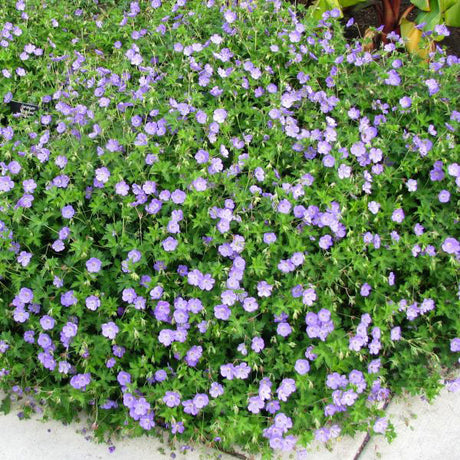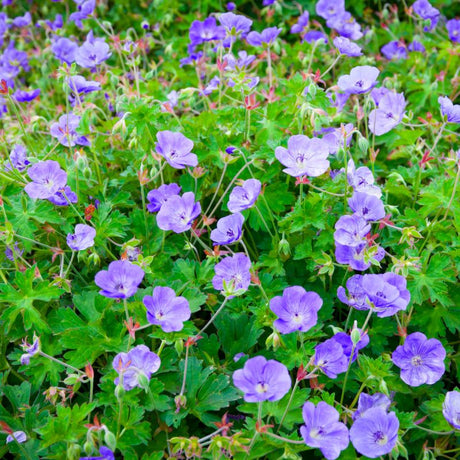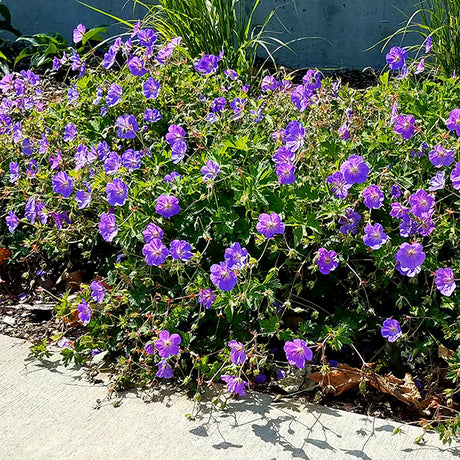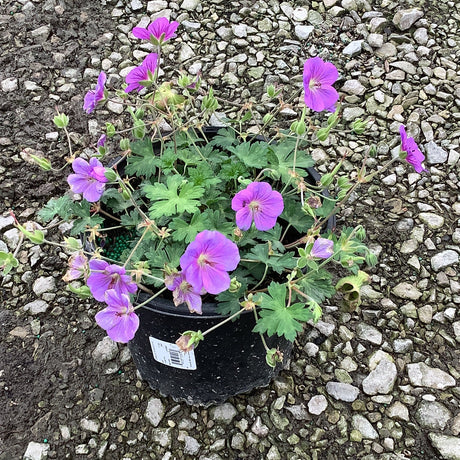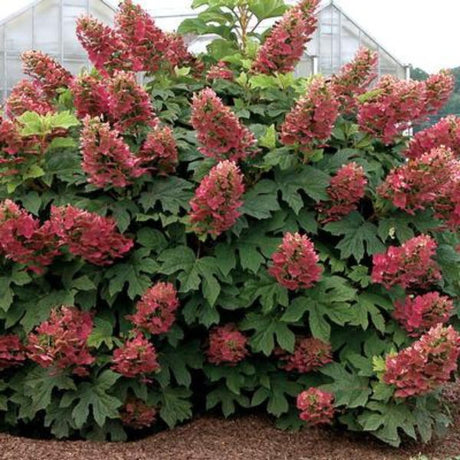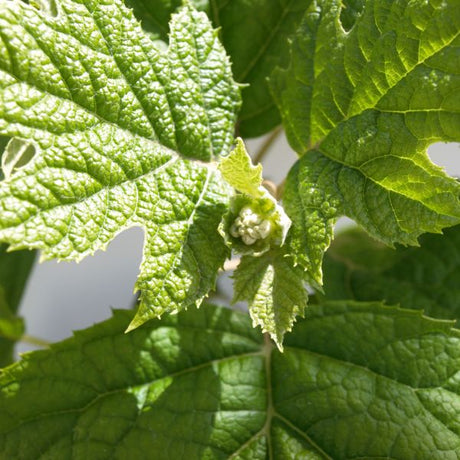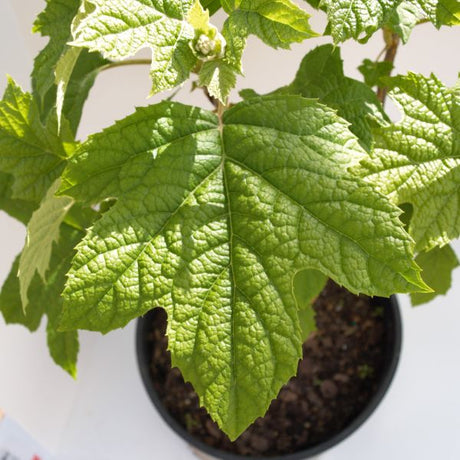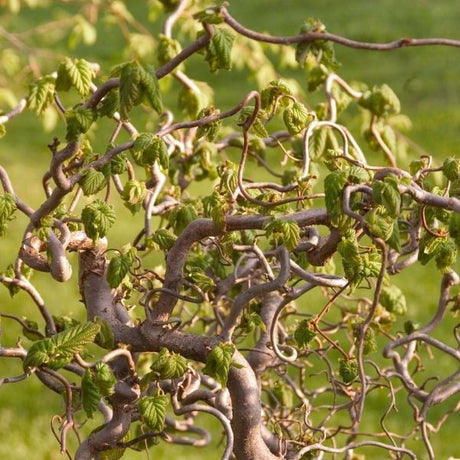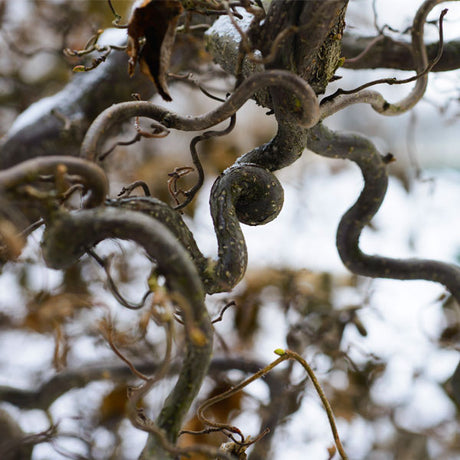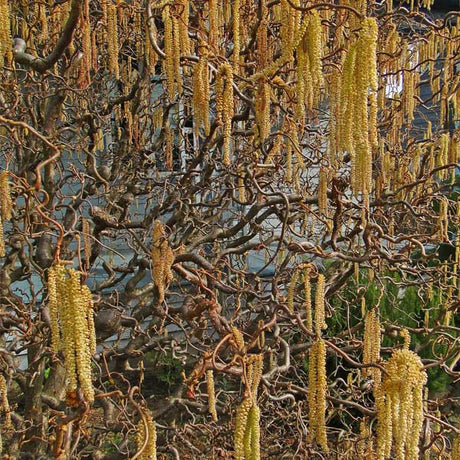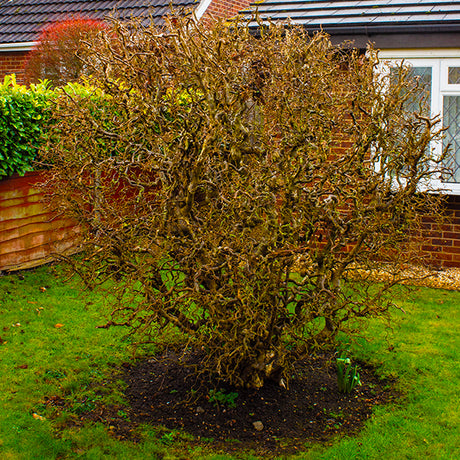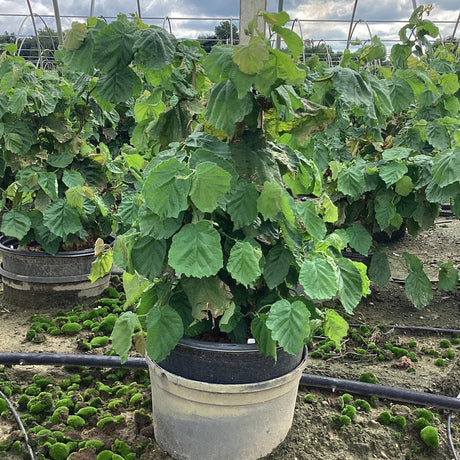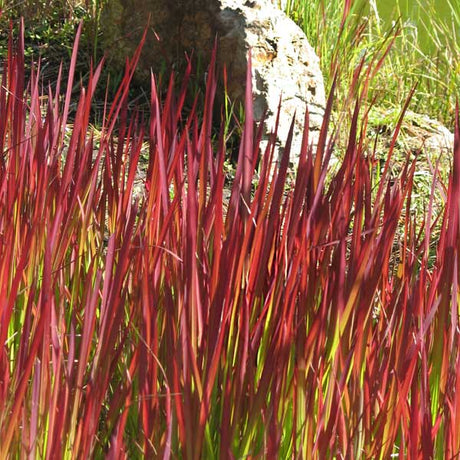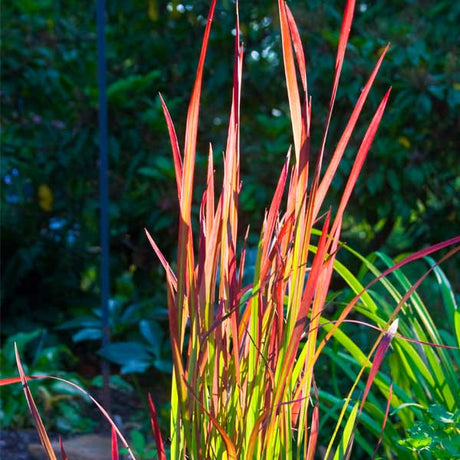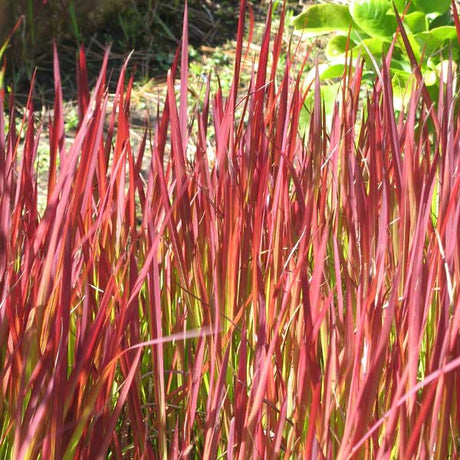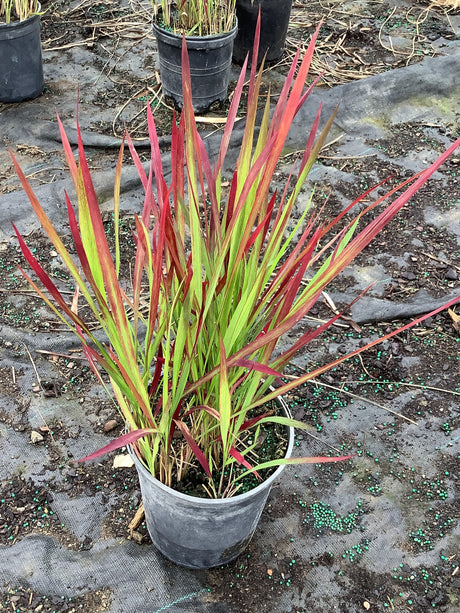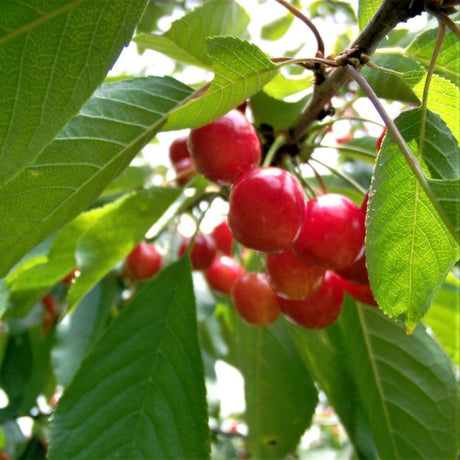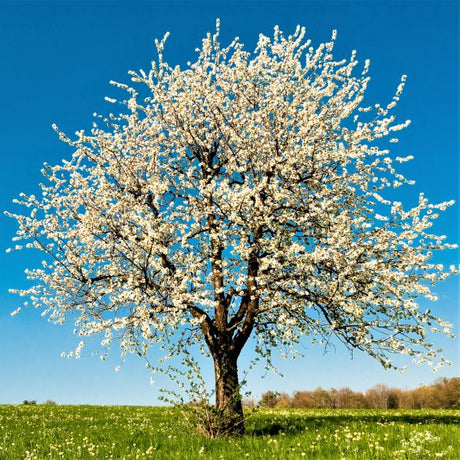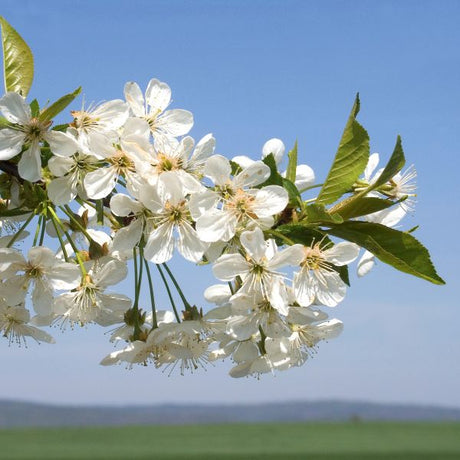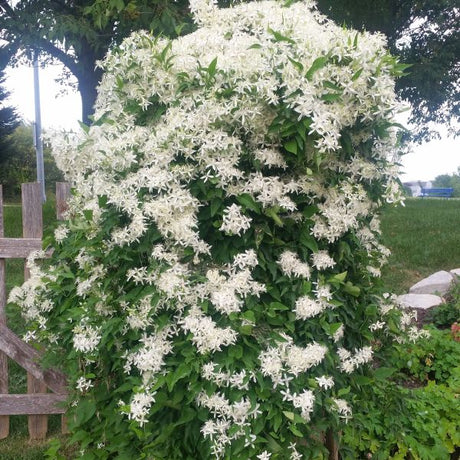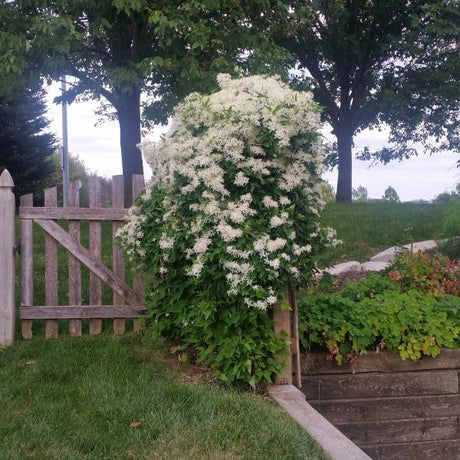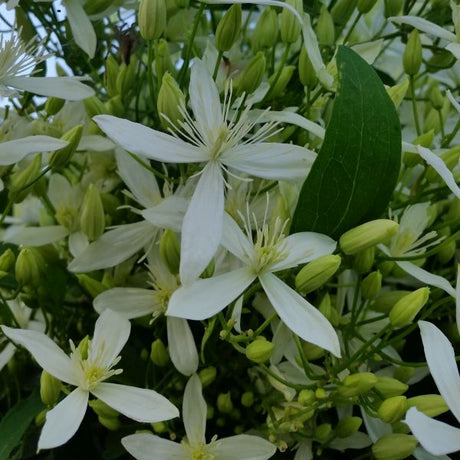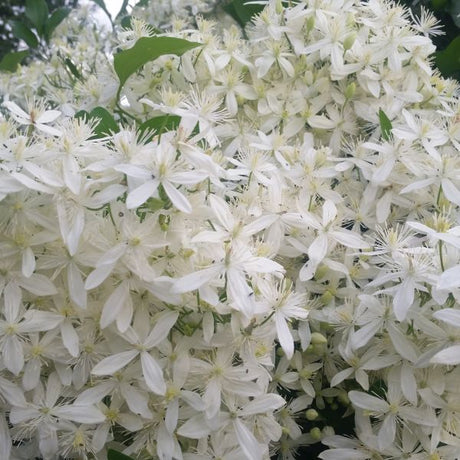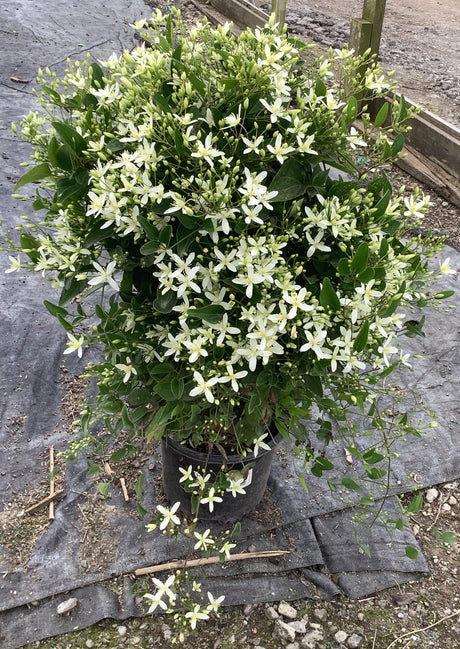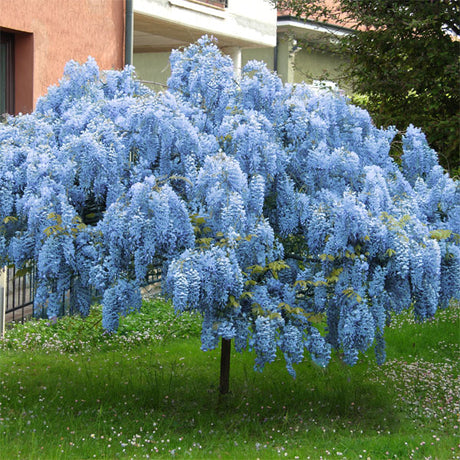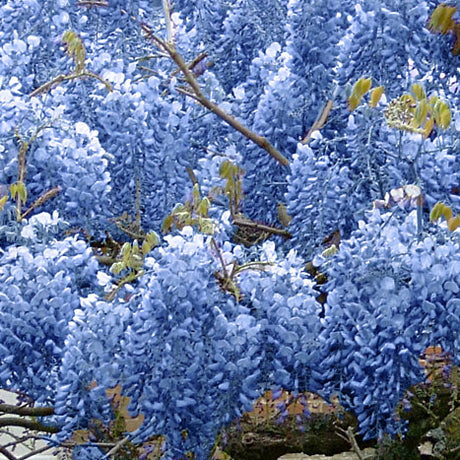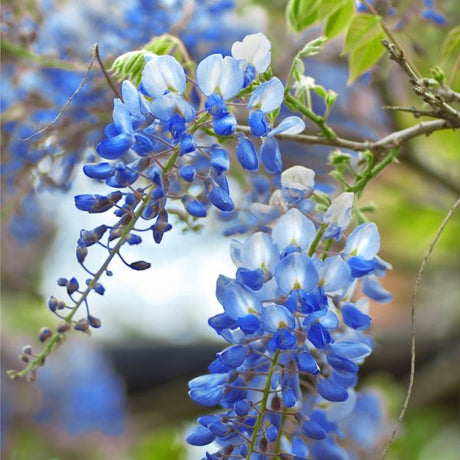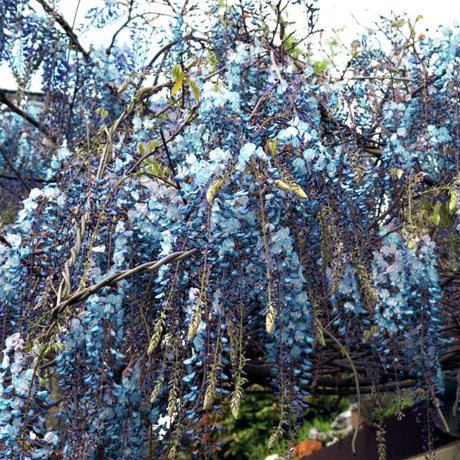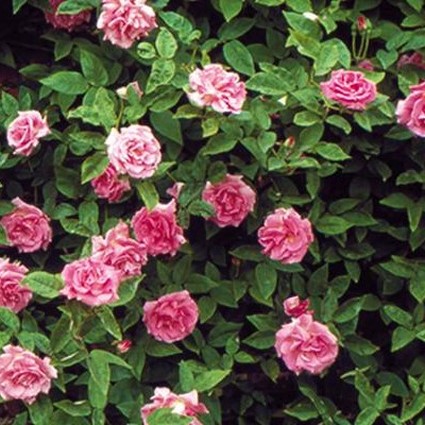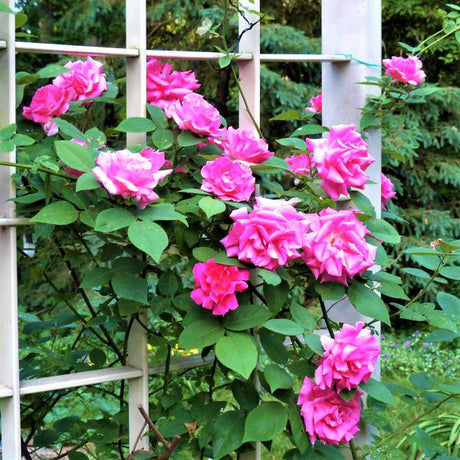Ornamental Grasses are gorgeous living columns of waving beauty and graceful texture that are a must-have element to any sunny landscape! These can be long-lived perennial grasses, so making sure they are planted correctly is a necessity to get them growing on the right foot!

Types of Ornamental Grass
Warm-season and cool-season grasses are divided depending on the temperatures they prefer to grow in. Warm-season grasses thrive once summer’s heat kicks in and can withstand higher temperatures and humidity, making them better suited for Southern climates. Cool-season grasses spring up first thing after the snows melt but may become dormant during the hottest months. Cool-season grasses can handle colder climates and snow-packed Northern winters with ease.
When to Plant Ornamental Grasses

Planting Ornamental Grass can be done in spring or fall (or any time during the growing season, as long as you can keep them well-watered through summer heat). Spring-planted grasses enjoy a full season to develop roots before freezing weather. Fall planting should happen 4–8 weeks before the first frost, giving roots time to settle. A light layer of straw, mulch, or hay can protect tender roots during the first winter.
Site Selection

Most Grasses love a sunny, well-drained location. A few can handle some shade, and some Red Switchgrasses and Sedges tolerate heavier or wetter soils. Container-grown grasses can be planted all season long if watering is monitored carefully.
Planting Ornamental Grass
Proper soil preparation and good drainage are key to successful planting. Because most grasses evolved in prairies, fast-draining soil is best for their longevity and health.
- Sandy, loamy, loose soil with organic matter to retain moisture
- Full sun: at least 6 hours of direct sunlight daily
- Consistent moisture at first: becomes drought-tolerant after establishment
- Once-a-year pruning and fertilizing
Planting 1-2-3's
- Unbox and inspect your new plants, keeping them shaded while preparing the site.
- Hydrate the potted grasses by submerging them in water for an hour before planting. Drain in shade, never leave potted plants in full sun upon arrival!
- Remove gently from pots, loosen or trim circling roots. Container-grown grasses can have many roots to untangle.
- Place the plant so the top of the soil is level with the surrounding ground. Water thoroughly and refill the hole as needed.
- Add Nature Hills Root Booster for long-term beneficial support.
- Backfill with soil, firm gently, and water again to settle.
- Top with 3–4 inches of mulch or compost.

That’s it! You’ve planted your Ornamental Grass! Space them according to mature width and monitor daily. Keep soil moist as roots develop. Use the “finger test”, if the soil feels dry, water; if moist, check again later. Frequent checks help the grass transition to self-sufficient watering once established.
Tips & Tricks

Plant grasses at the same depth as they were in their containers; too deep and the roots may rot. They don’t need much fertilizer; high-organic soil is preferred. Amend as needed while tilling and use only small amounts of general-purpose fertilizer.
Establishment & Maintenance

Once your grass is established (usually after the first year), water only during drought or dry seasonal transitions. Many Ornamental and Native Grasses are prized for their fall and winter interest, so don’t cut them down in the fall. Trim them back to 4–6 inches in early spring before new growth, rake debris, and sharpen tools often. Grass blades are tough on them!
Divide clumps every 3–5 years in spring or fall to maintain vigor. Taller grasses may need staking or bunding during storms or heavy snow, but when planted in full sun and sheltered from wind, they usually stand proud on their own.
Gorgeous Ornamental Grass
Tough, adaptable, and low-maintenance, Ornamental Grasses bring texture and movement to every landscape! Plant them right, and they’ll reward you for years to come.
Explore the full selection of Ornamental Grasses at Nature Hills and fill your garden with living architecture, rustling serenity, and effortless charm.
Happy Planting!



